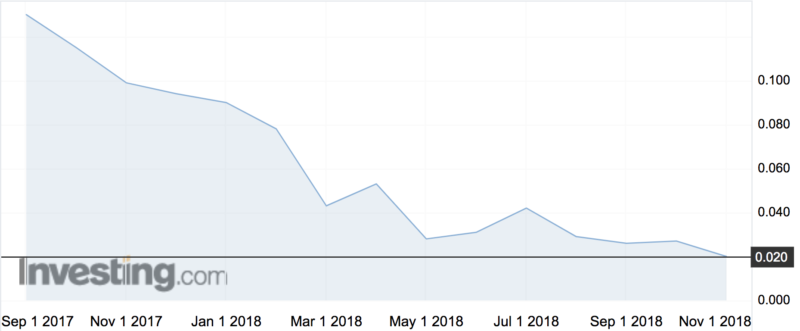The CSIRO and an agtech startup have come up with a Fitbit for cows
Food & Agriculture
The CSIRO and an agtech startup called Ceres Tag have come up with a Fitbit for cows to help farmers keep track of their livestock.
Australia’s national science agency say a smart ear tag, created in conjunction with Ceres Tag, can produce similar data to that delivered by consumer watches like the ubiquitous Fitbit.
But it has competition on the small cap end of the ASX.
Internet of Things company Sensera (ASX:SE1) already makes chips for cattle ear tags to monitor location data.
Last year, Sensera bought ‘location awareness’ platform Nanotron for $9.6 million, whose tracking technology is used in animal ear tags and in the mining sector.
Austrian agtech company Smartbow uses Sensera’s location awareness system in ear tags for dairy farms, while GE Mining is another customer.
Meanwhile, CropLogic (ASX:CLI) offers crop management technology-as-a-service focused on potato crops.
But it has struggled since listing on the ASX, switching its headquarters from New Zealand to Australia as it burns through cash and sheds directors.
It lost 13 per cent in early Tuesday trade, hitting an all-time low of 2c as it announced it had raised $2.6 million through a share placement.

The CSIRO’s smart ear tag was successfully trialled on 100 cattle at the body’s Lansdown Research Station near Townsville last week.
The aim is to save farmers time and money compared to the costs of manually tracking their herds using vehicles or aircraft.
“Ceres Tag gives greater transparency over grazing management, allowing farmers to locate and monitor their animals to reduce risk and operating costs, improve efficiency and assist with traceability,” said Ceres Tag chief David Smith.
“The tag is GPS-enabled, allowing farmers to track the location of individual animals remotely, via Internet of Things (IoT) capability.”
Using on-board accelerometers, the tag can send out alerts for unusual activity patterns which could be triggered by events like theft and other disturbances of the herd.
“Aussie farmers need every bit of help they can get right now so we are pleased it has taken less than a year for this technology to move from the research phase into development for a real-world trial on cattle,” said CSIRO group leader Dr Ed Charmley.